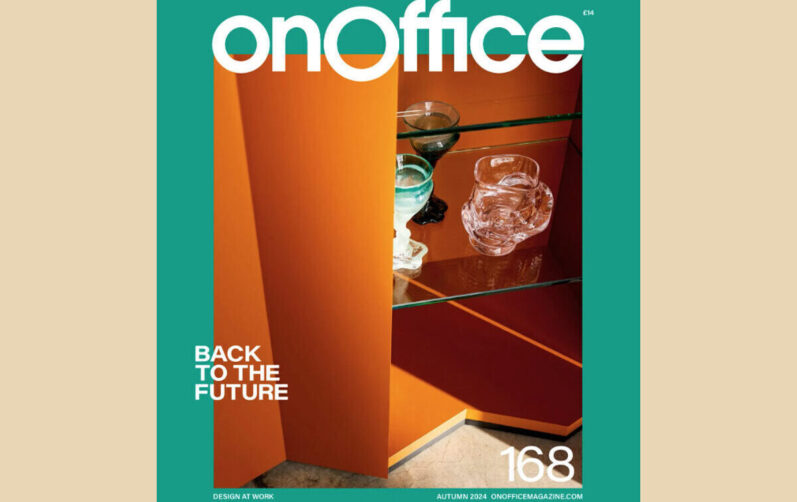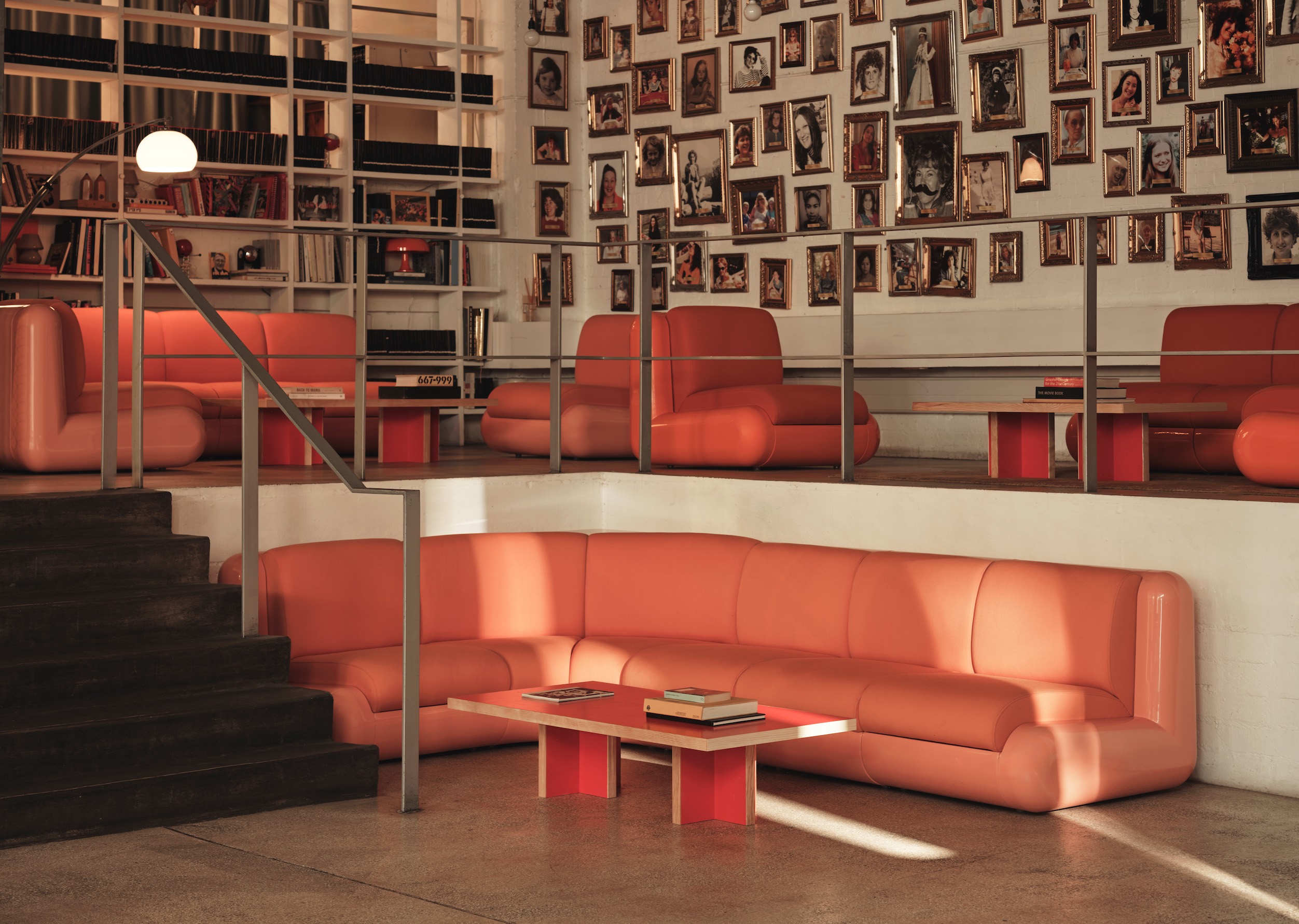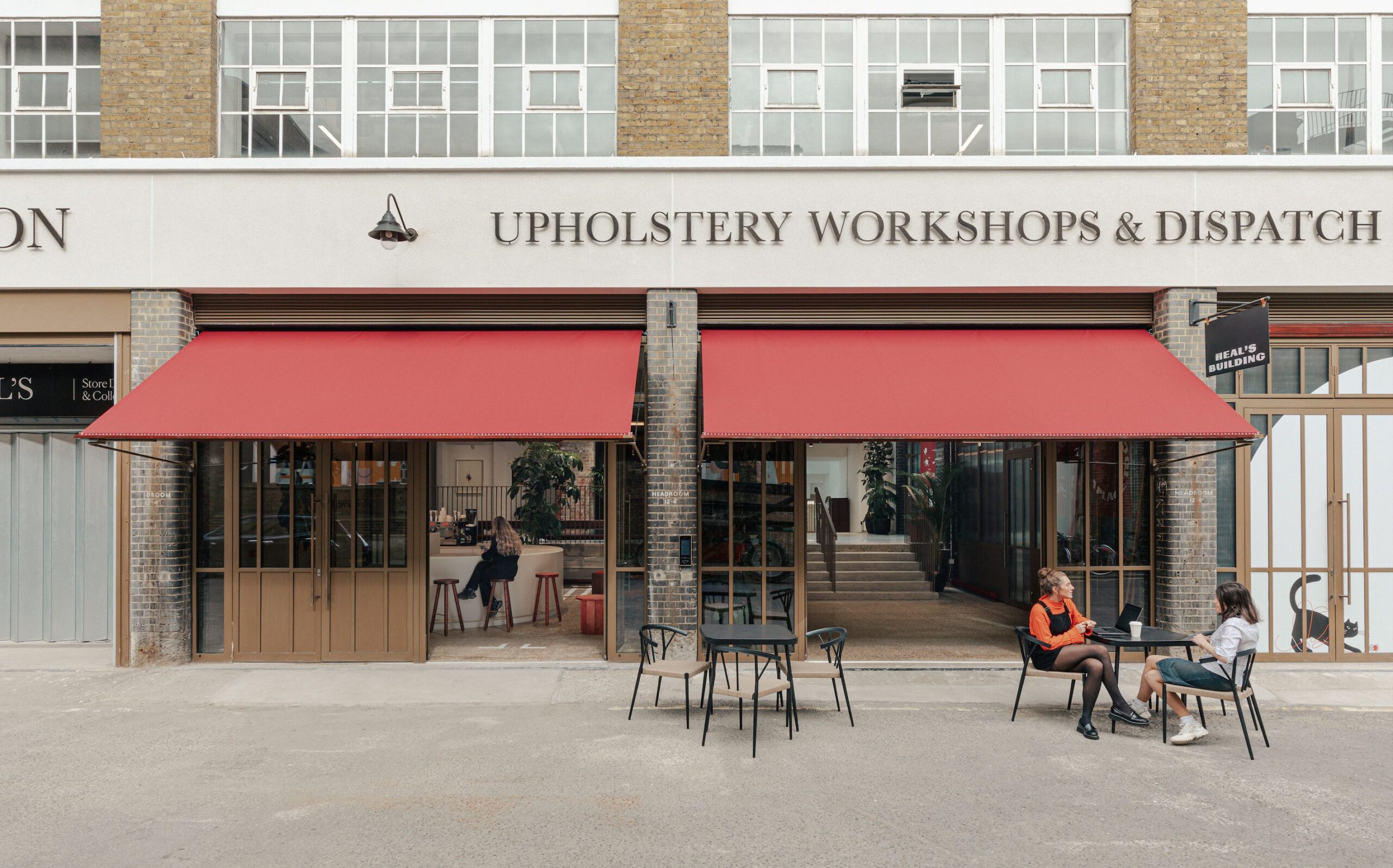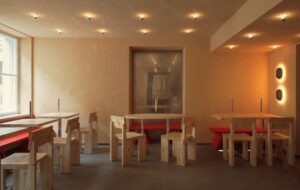
Welcome to our autumn issue.
Every pun intended, incorporating original features into a renovation is the oldest trick in the book. On a practical level, it can save time, energy and often a great deal of money. And then there are the more subjective benefits: giving a scheme a sense of place and history, an injection of character, a richness and depth that comes from layering the work of contemporary designers with the achievements of past craftsmen.
If proof were needed of how well this works, the latest project from the Copenhagen Food Collective, Hotel Bella Grande is a shiny example. Inspired by Venetian palazzi, overflowing with both old-world glamour and modern pieces, Tonen Agency’s scheme is a timeless fantasy of the past. One could almost imagine Bella Baxter from Poor Things dancing her way through the open lounge of her namesake.
At the opposite end of the spectrum, but no less cinematic for it, is Holloway Li’s sensitive reworking of office communal areas belonging to advertising agency Mother. Replacing heavy cafeteria seating with portable benches and mismatched lounge furniture with its own T4 seating, Holloway Li gave the space a relaxed, retro vibe (and even repurposed the old cafeteria seating as coffee tables). “There was exactly the right amount of newness based on what was needed,” as Holloway put it.
It’s a reminder that using original features isn’t just a style consideration, but an important part of our responsibility to reduce, reuse and recycle. The redevelopment of workshops at the Heal’s Building by architects Buckley Gray Yeoman and White Red made use of many existing fixtures, turning old signs into design details and allowing kinks and quirks in the fabric of the building to remain as a testament to its history.
At the new Hato studio, leaving the original poured concrete floor and bare brickwork was partly about blending into its location on the City of London’s Golden Lane Estate, but also a tangible reminder of the designers’ commitment to continue to support and work with the other social and cultural organisations in their local community. Often, embracing the old is what makes it possible to imagine the new.
Read the new issue of OnOffice 168, Autumn 2024, here




















